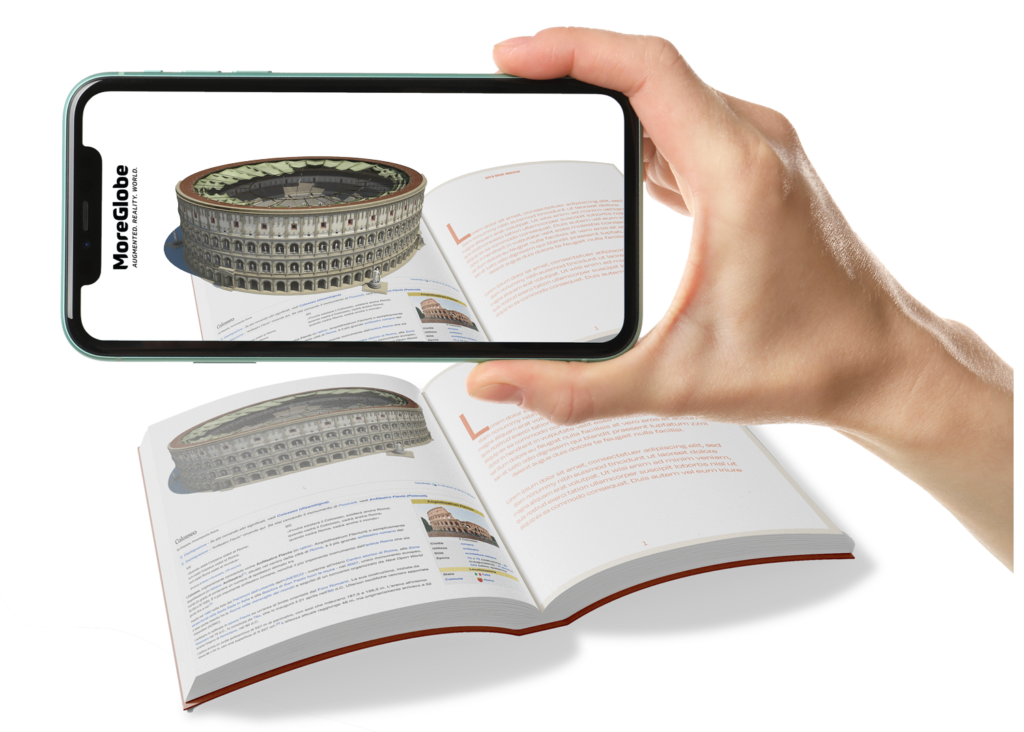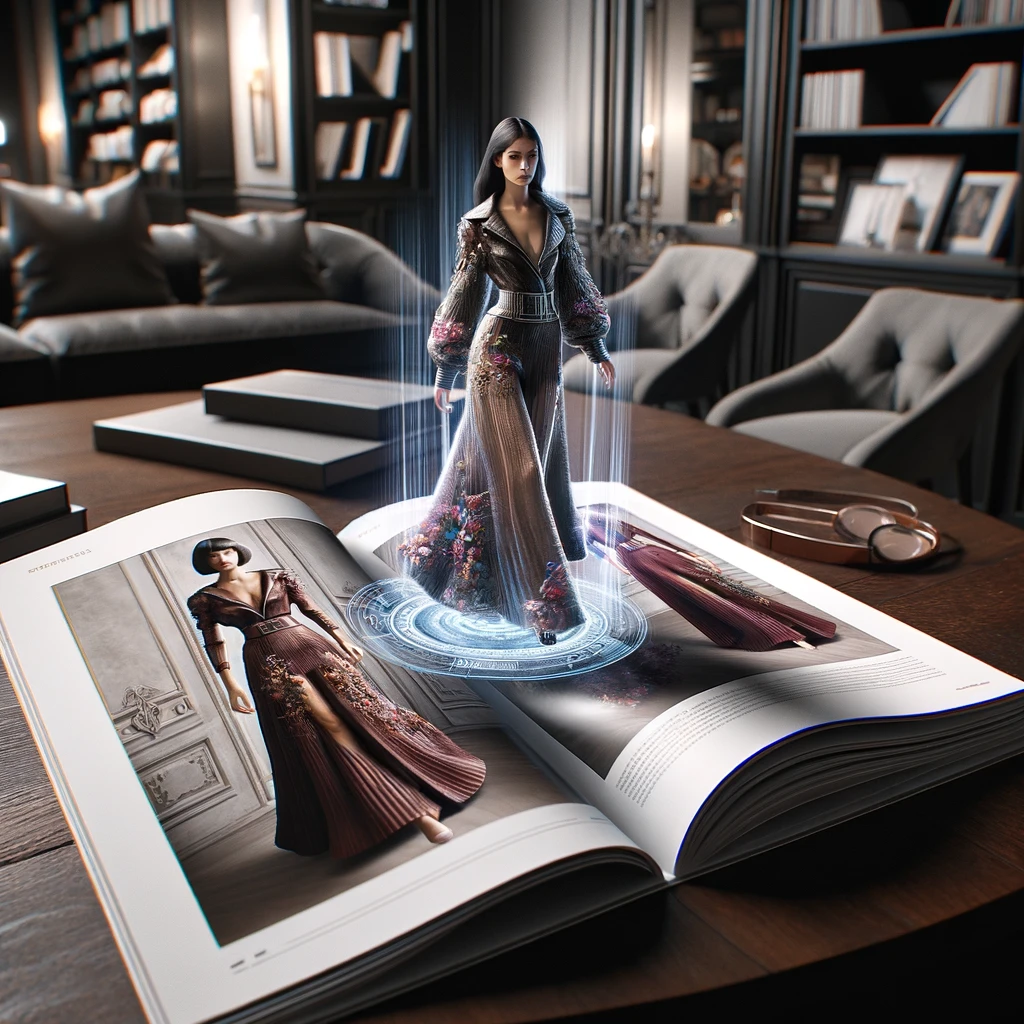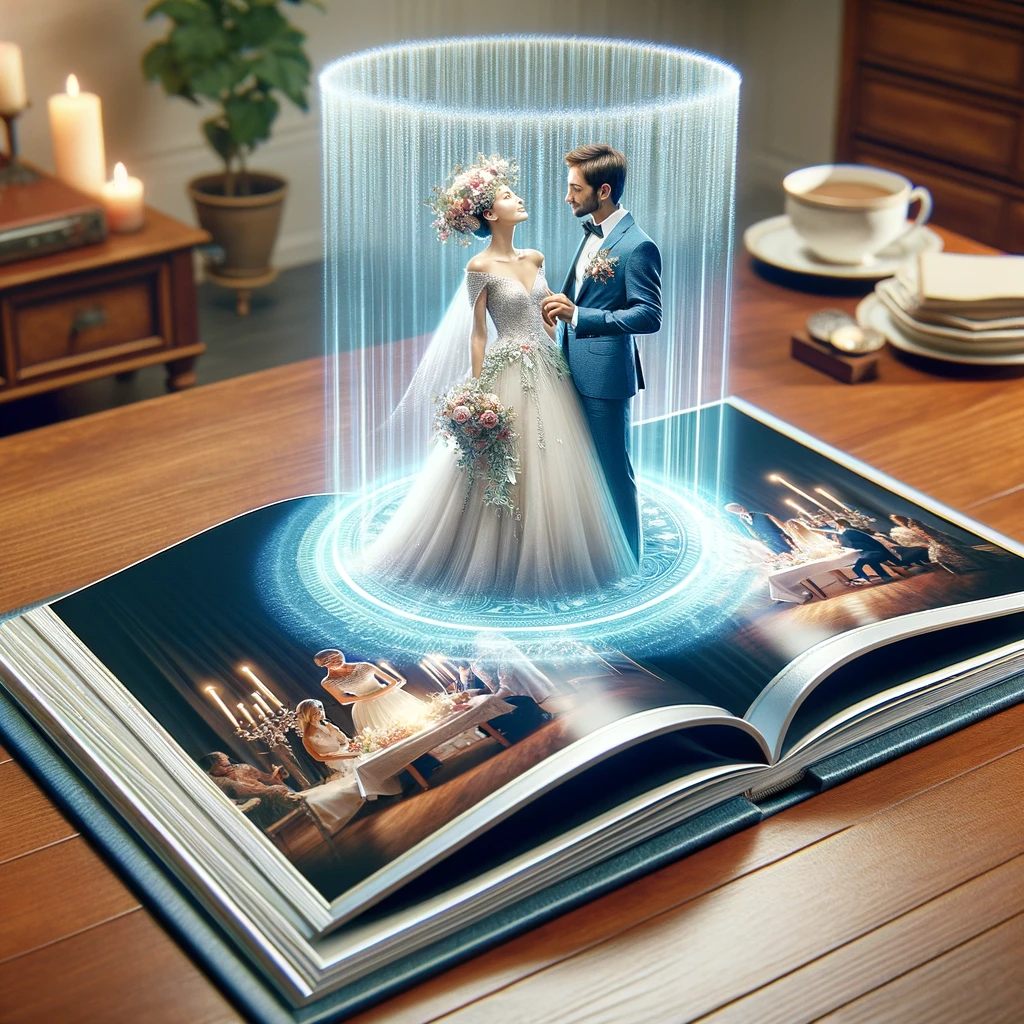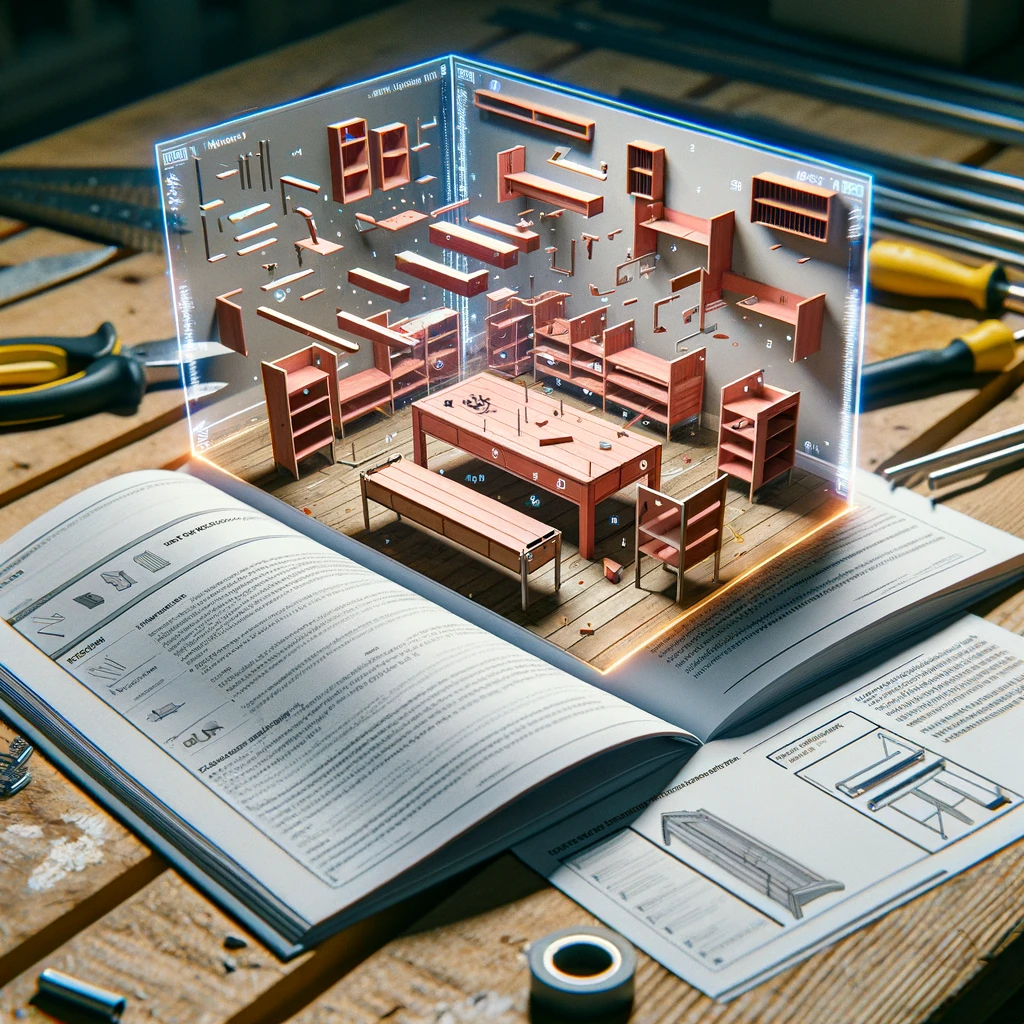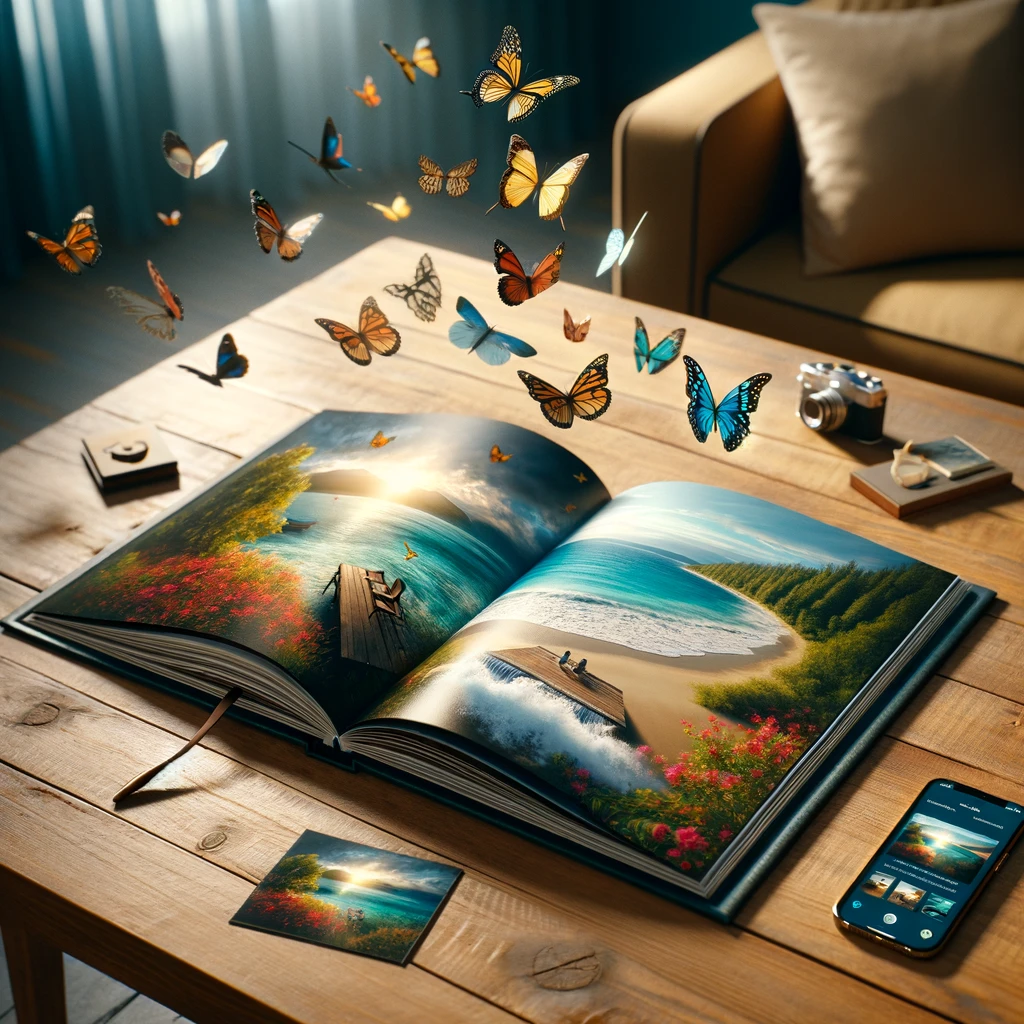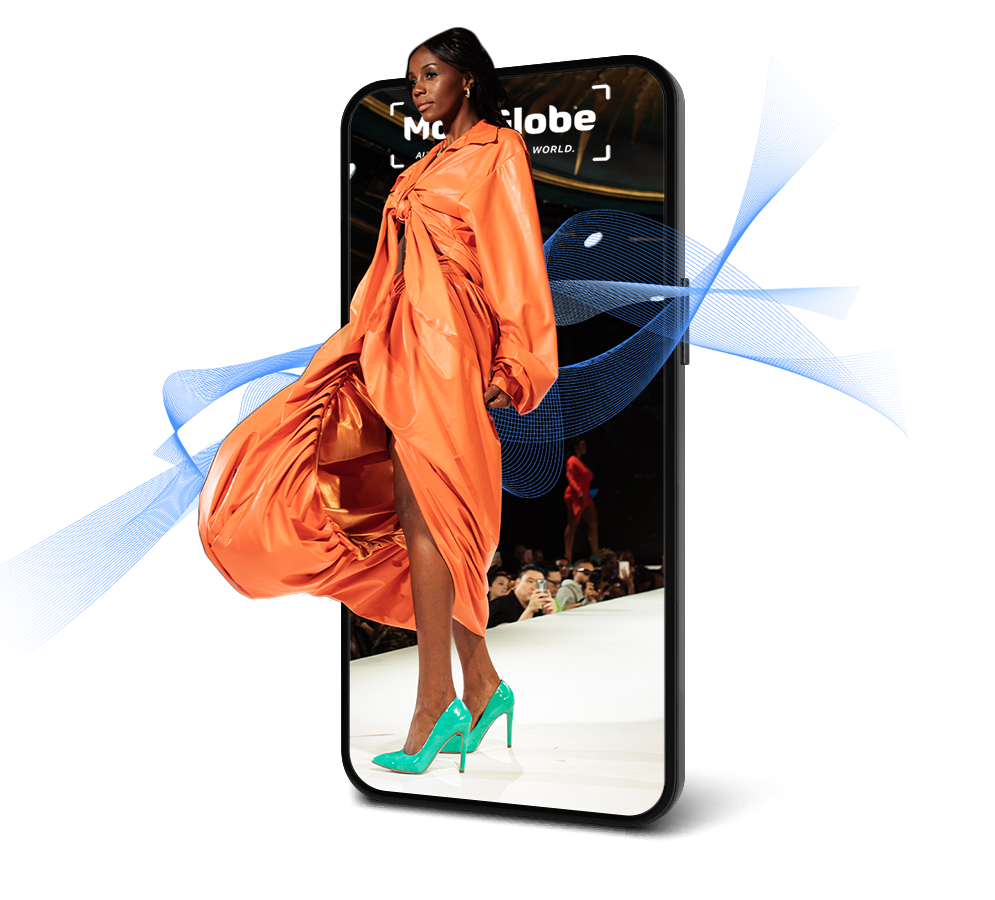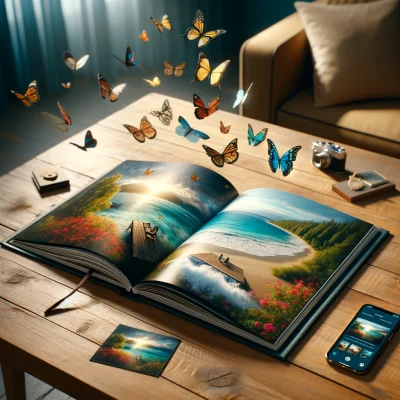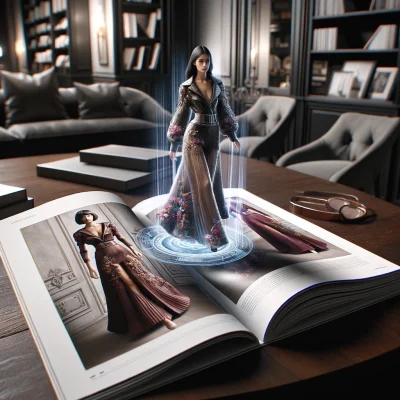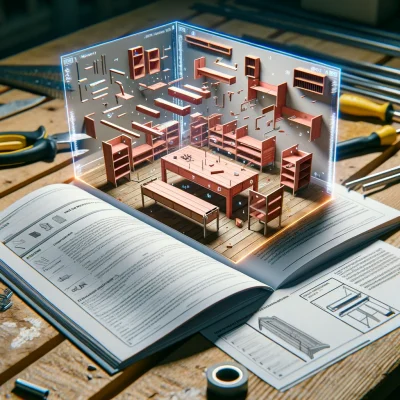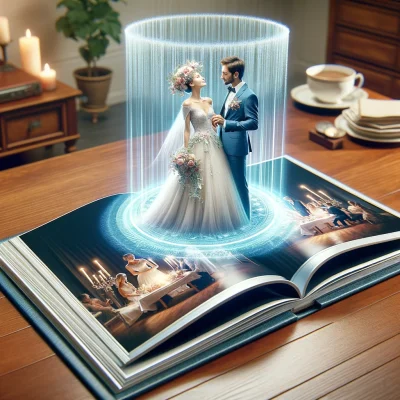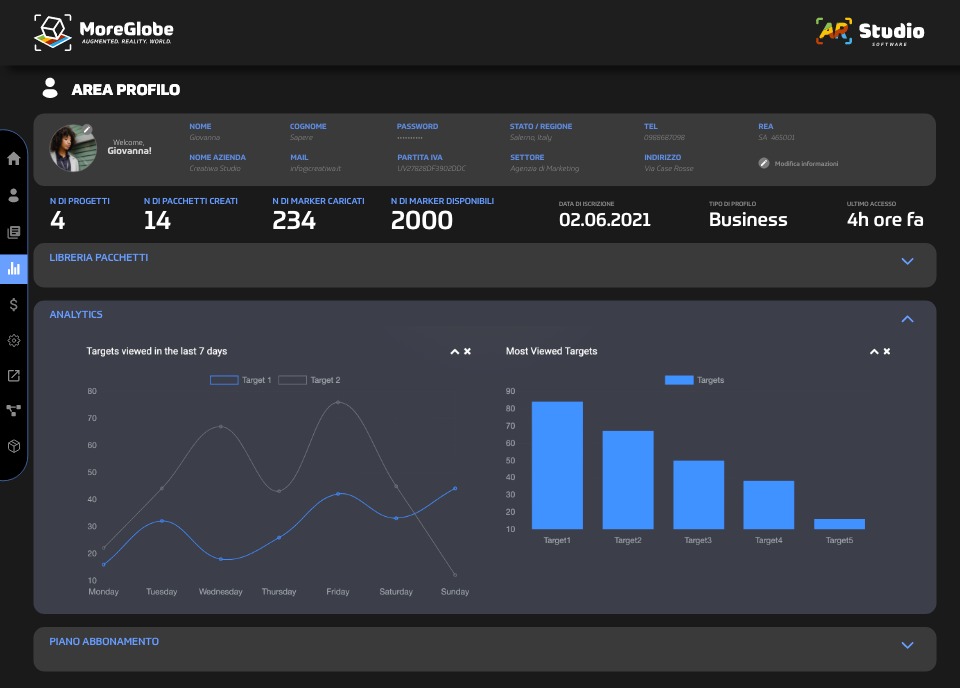sistema dedicato
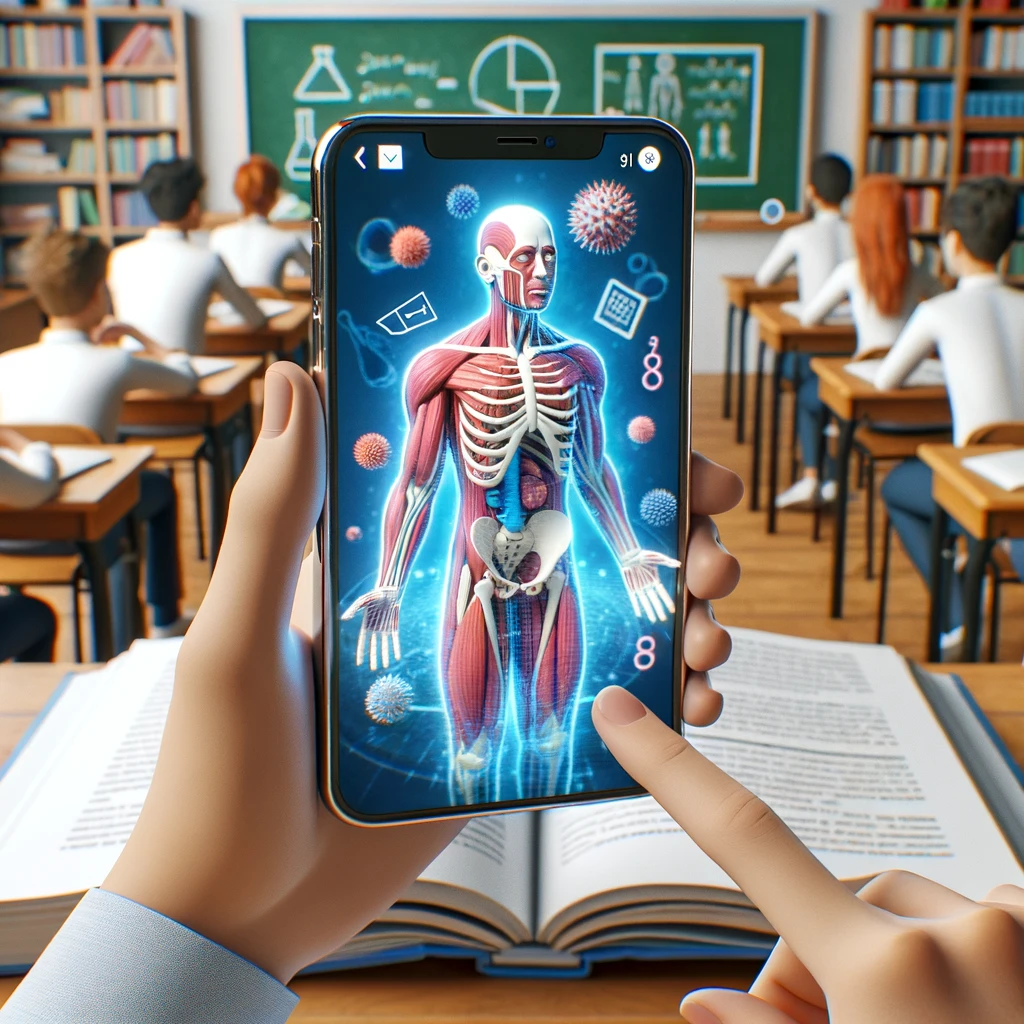
Memorabilità e Coinvolgimento: Aumentare Libri e Cataloghi con MoreGlobe
Scoprite la rivoluzione nell'editoria digitale con il nostro esclusivo algoritmo brevettato MoreGlobe, progettato per personalizzare l'esperienza di lettura attraverso la realtà aumentata. Grazie alla nostra innovativa tecnologia di riconoscimento facciale e alla compatibilità con lo standard internazionale ISO 216, MoreGlobe porta l'interattività dei contenuti editoriali a un nuovo livello di realismo e personalizzazione.
Con MoreGlobe, ogni pagina di libri e riviste diventa una porta d'accesso a contenuti multimediali aggiuntivi: è possibile associare video o file audio a specifiche sezioni di testo, trasformando la tradizionale esperienza di lettura in un'immersione multimediale. Gli utenti hanno la libertà di scegliere come fruire del contenuto, leggendo in autonomia o ascoltando il capitolo come se fosse un audiolibro, arricchendo così l'apprendimento e l'intrattenimento.
Il nostro sistema non solo adatta automaticamente le dimensioni del marker (foto) per ogni specifica esigenza, ma migliora anche significativamente l'interazione con il materiale editoriale, rendendo ogni esperienza unica e personalizzata. Ideale per editori, autori e lettori che cercano di sperimentare i confini estesi dell'editoria digitale, MoreGlobe è la chiave per sbloccare il potenziale nascosto dei vostri contenuti.
